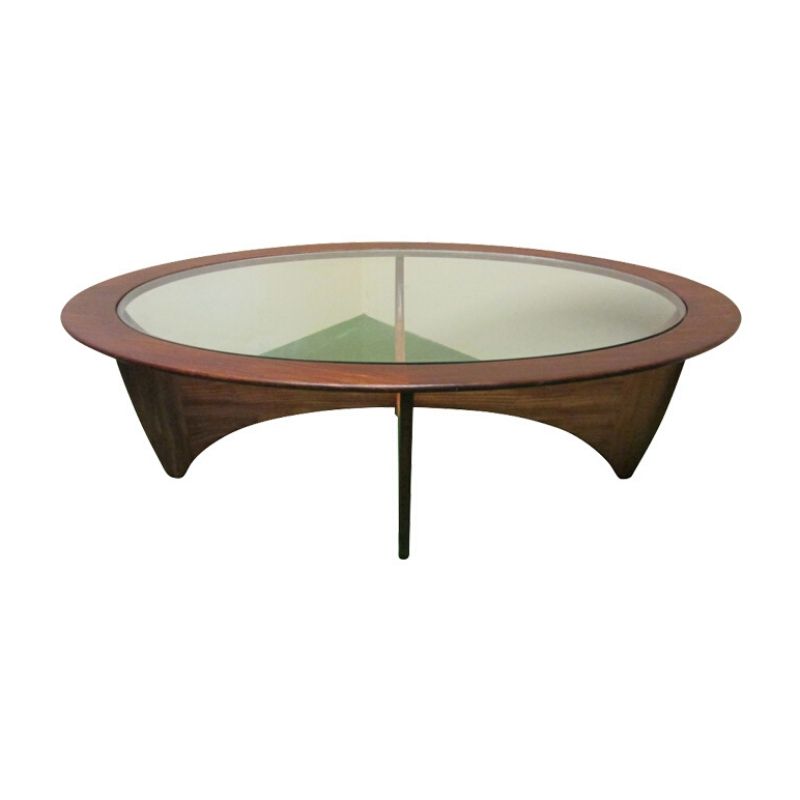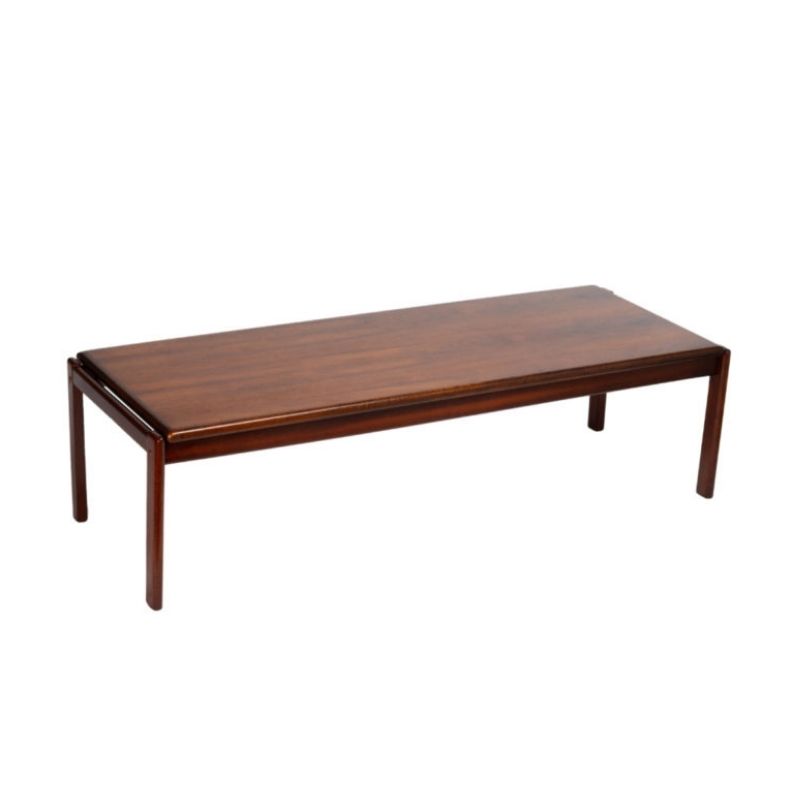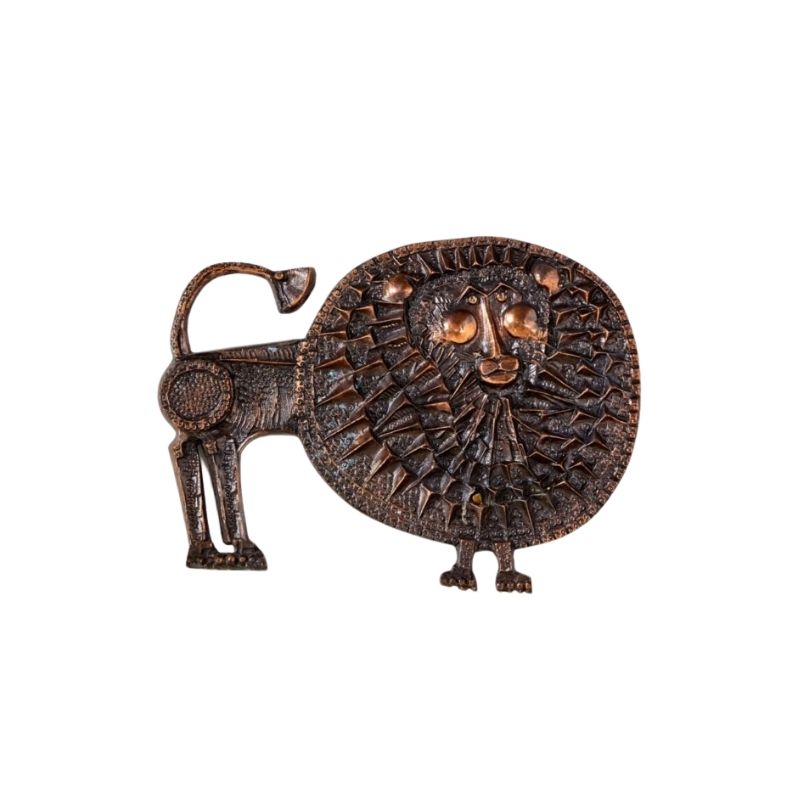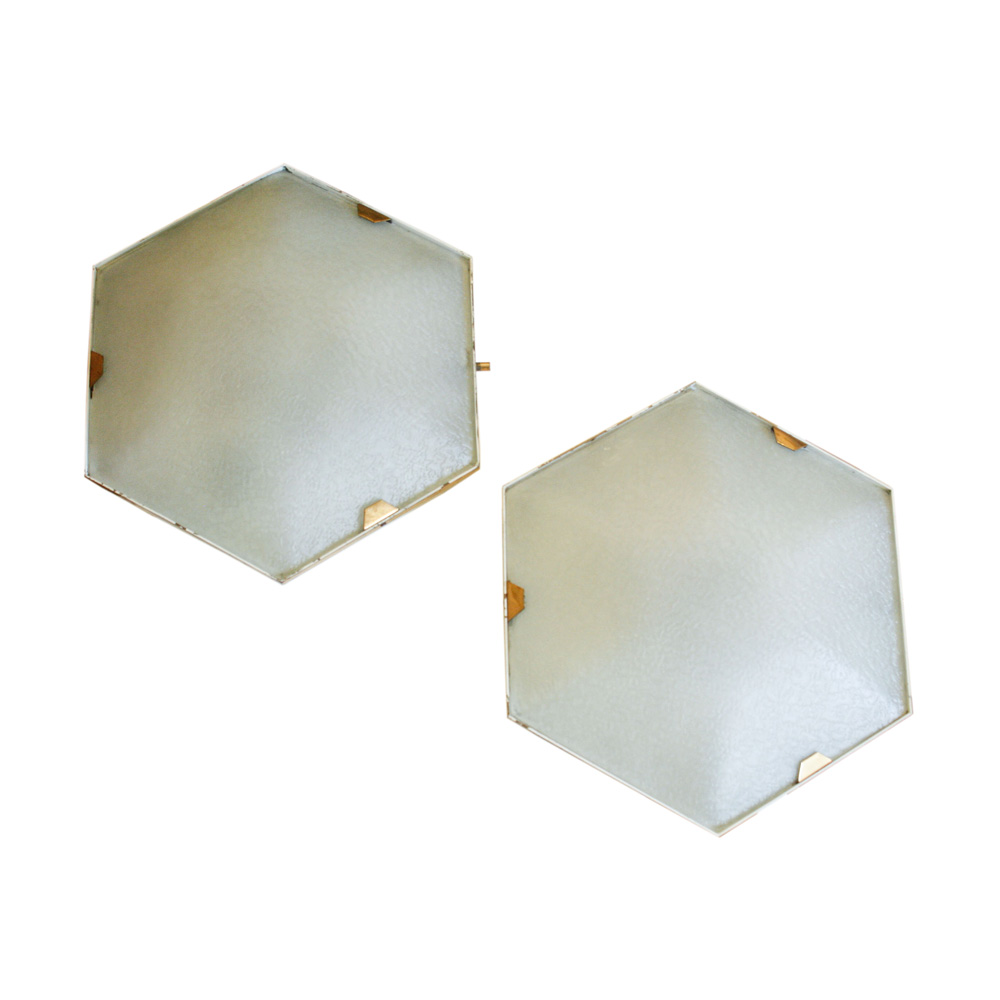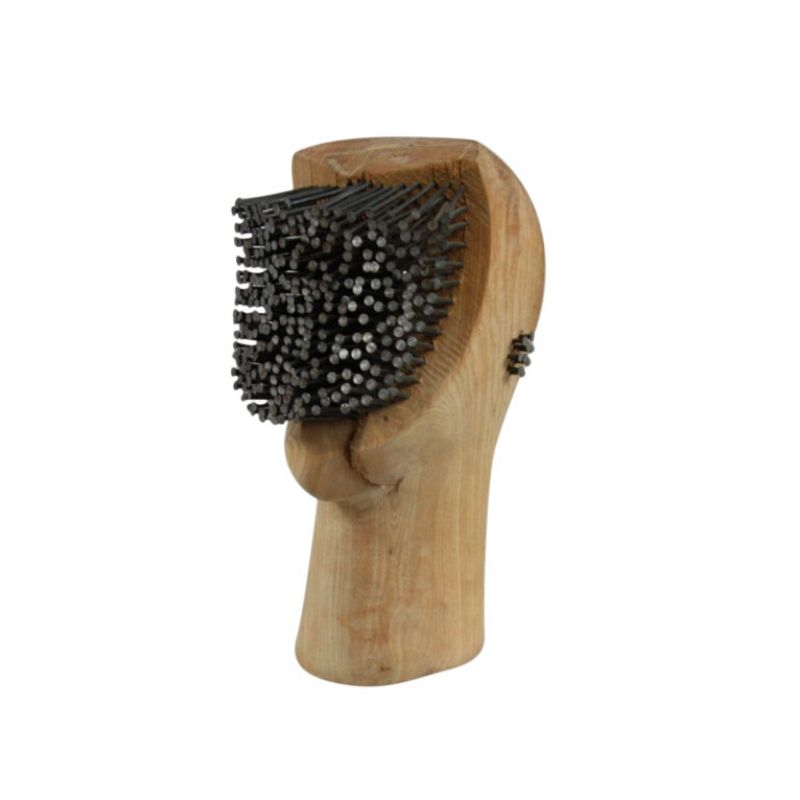Woodywood's
last photo appears to show a chair on a white bedsheet (?), in a snow-covered environment. Best of both worlds ? The edge of the sheet -- with a slight change of "white" -- can be made out at the left side of the photo.
No one can deny that an all-white background makes an ideal contrast to the object being photographed -- can they ? A bonus is the reflected light that bathes the object on all sides.
.
I am with SDR on this one.
However, I always wanted to ask: What's up with the strange choice of (the very limited) title words ?
Case in point: Just type "beautiful" in Ebay (all categories) and see what happens.. (I retrieved 4 500 ! pages full of stuff)-see also "Very", "top" etc.
I wonder which customers actually use this keyword to find anything ? Oh, I want a new thing to hang on my wall: let's just type "beautiful art" ??
i don't get it
I understand...
And appreciate the point about lighting with an all-white background. My main issue is how a seller can let their "valued, vintage goods" (and they are promoting them as such) come in contact with snow and not expect potential buyers be perturbed and perplexed by it... especially the wooden parts, for obvious reasons.
SDR
You wrote "No one can deny that an all-white background makes an ideal contrast to the object being photographed -- can they ?"
I think some people can deny that the white sweep is not ideal. I'd point to the iconic images of Wormley's designs as photographed in the Dunbar catalog and the beautiful pictures that one sees in many Wright auction catalogs where they chose to show pieces in striking environments over the usual white sweep.
The all-white environment certainly looks stark and "artsy", but showing an object in an environment has merit as well.
We went back-and-forth on this for when we considered how to show the pieces on our website and have done both. We weighed the austere but elegant look of the white sweep against the warmth and scale you can get by shooting furniture in an environment.
These are things that one should live with, relate to, and use. By putting them into a context that one can recognize I think that it can give a human scale to them and make them more "real". If you want to simply admire the design, maybe the white room is the way to go, but if you want to convey that these are real things that one can incorporate into their life, why not show them in the real world.
Granted, there is good photography and bad photography, and I think good design can benefit from good photography. Just like a great painting can benefit from a nice frame. That said, I think there is plenty of bad photography on eBay or other sites. Whether folks should put the things they want to sell out in the snow, I'm frankly indifferent. If they have half a brain, they would not leave them outside for long. Extreme temperature changes are just as destructive (maybe more) than the moisture in snow.
I'd hope that anyone selling something like a handsome Hans Wegner chair would have the common sense to take it outside, quickly get the photo they want, and then run back in where they wipe down any snow that was clinging to the legs. Of course, I live in an area that sees extremes in winter weather so I'm used to dealing with it. I'd be just as concerned with someone taking the same chair out to the middle of a stand of cactus to take pictures. Dry heat can be just as damaging as wet cold.
Judging
by the condition of some of the wood objects that we see, it would appear that many people fail to recognize that wood is vulnerable to damage from moisture -- or from almost any abuse. As a furniture installer I've left the room after placing an executive desk, and returned to find an electrician standing on it to adjust a ceiling lamp -- with no protection to the wood.
Kids think dresser drawers make a neat ladder -- and adults aren't much smarter, sometimes.
I don't have coasters (or many guests), so when serving a drink I'll place it on a throw-away magazine or other handy item. Half the time, the guest will favor my worthless paper object, and return their class to the wooden surface I was trying to protect. Go figure. . .
Pegboard
I distinguish between the more informal photos you refer to, and the auction catalog, where the seller has the responsibility to show as clearly as possible (in one or at most two photographs) the object, so that the prospective bidder can assess the condition of the object. It is that sort of photo which I would want to see as well-lighted as possible -- and with no distractions.
If you need any help, please contact us at – info@designaddict.com



